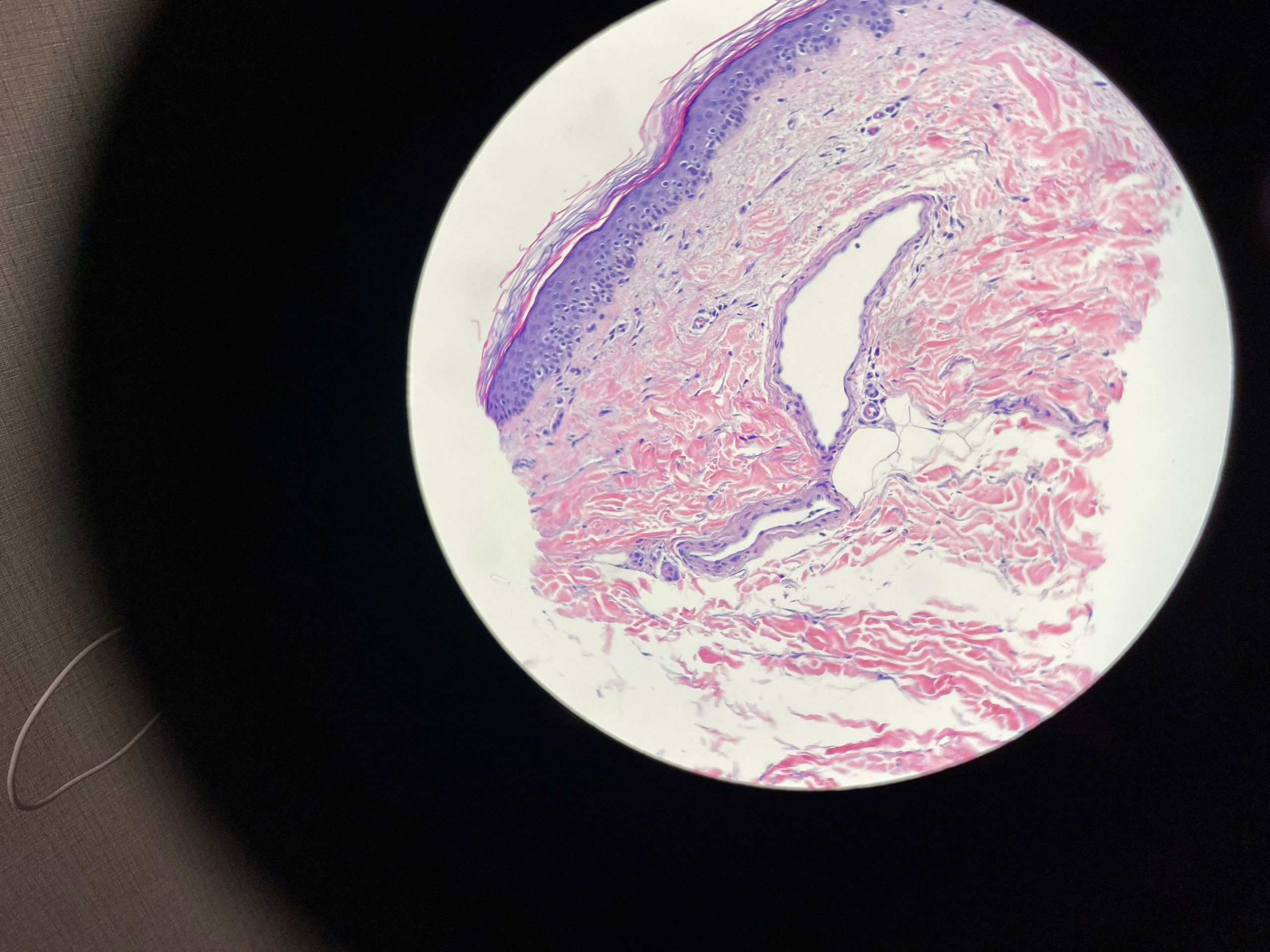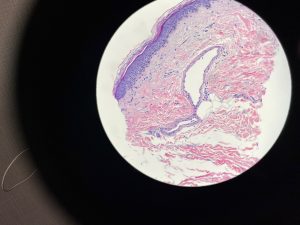
By Ronald Bush, MD, FACS
An advantage of having access to a histology lab cannot be overstated. The ability to scientifically study various venous issues is possible. One study we have recently completed and are now submitting is comparing the critical micelle concentration (CMC) of both Sotradecol (STS) and Polidocanol (POL) based on histology.
Using as a reference the previous work of Wong et al (Wong, 2015), who have determined the CMC values of STS and POL and the possible variations depending on diluent used, we studied the effect of H20 and normal saline (NS) on both STS and POL at concentrations commonly used in sclerotherapy for telangiectasia.
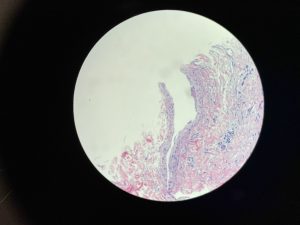
Basically, CMC levels signify the value at which additional sclerosant will have no further effect. This is the first study to look at the histology by varying the CMC levels.
STS being an ionic detergent had a significantly reduced CMC level when saline was the diluent. Use of H20 or NS as a diluent for POL had minimal effect on CMC levels and this was verified histologically.
As can be seen in Figures 1-3, there is considerably more damage when H20 is used as the diluent. In Figure 4 it is evident that at very low concentrations STS is still effective when diluted with bacteriostatic water. Using ½ NS potentiates damage when the same concentrations of STS are compared. This is magnified even more using H20 alone. At concentrations of 0.2% STS, the CMC level is 0.2%. By adding the common diluent NS, the levels decrease to 0.075%.
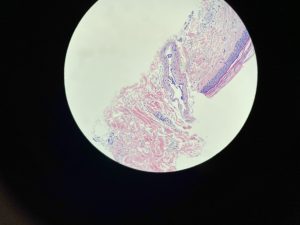
Based on our studies, the preferred sclerosant is Sotradecol 0.1% (1/2 NS). Sotradecol 0.075% diluted with water is effective in > 90% of specimens examined whereas using NS as a diluent produced minimal damage if at all. VTN
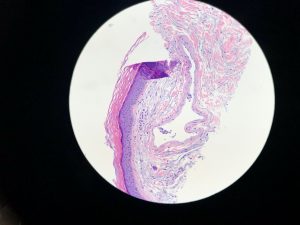
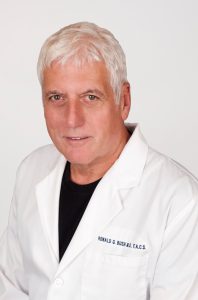
Ronald Bush, MD, FACS, is one of the nation’s leading specialists in venous diseases. He founded and is the medical director for Vein Experts, a national group of venous specialists specializing in venous disease, and he is in practice at Water’s Edge Dermatology in Florida. He is board-certified in general vascular surgery; and was also certified in cardio/thoracic surgery. For the past 20 years, he has devoted his practice solely to the treatment of venous disease and one of the first in the nation to do so. Many of the new procedures now performed in the ambulatory treatment of varicose veins have originated in part from his clinical studies.
REFERENCE
Kaichung W, Chen T, Connor D, et al. Basic physiochemical and rheological properties of detergent sclerosant. J Phlebol 2015; 30(5) 339-349.
Photography courtesy of Water’s Edge Dermatology, 2019

